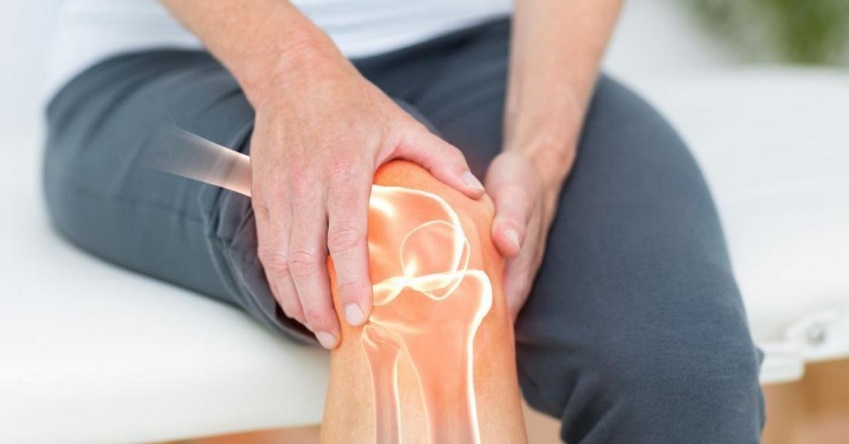Restrictions are tough for societies used to freedom
Spain's lockdown was among the harshest in Europe, says Nekane Balluerka Lasa, professor of behavioural sciences methodology at the University of the Basque Country. Isolation was particularly hard for older people and lower-income families, especially if there was no nuclear unit. Spaniards are used to social interaction. Infections came down, but the economic cost was very high and the main lesson was the impact on people's mental health. Maybe that explains why it wasn't possible to keep it going.
“The Psychological Consequences of COVID-19 and Lockdown in the Spanish Population”
study found that 46% of people felt grave psychological distress.
Italians were initially frightened into uncharacteristic obedience, says BBC Rome correspondent Mark Lowen. They were the first to be crushed by the virus, the first to see intensive care units close to collapse, and friends and family dying. Very widespread respect for restrictions began to change with the second wave, with some protests against renewed lockdowns, given the fear and fatigue.
The Dutch didn't have a lockdown until December, but when a curfew was imposed in January, riots broke out, says BBC Hague correspondent Anna Holligan. Tensions had been festering. The unrest exposed an undercurrent of resentment across generations and came after a childcare allowance scandal had brought down the government. Most accepted the lockdown, but those already frustrated felt emboldened after the government had broken its own rules.
Germany's initial strategy was to test widely and then track and interrupt chains of infection, says BBC Berlin correspondent Jenny Hill. It worked until cases spiralled last autumn. The vast majority of Germans support lockdown measures, surveys suggest. But there has been furious resistance from some, who have protested, usually without masks or social distancing. Some are simply concerned by the impact of lockdown restrictions, but the protests tend to bring together conspiracy theorists, anti-vaxxers and far-right activists.
Slovenia has endured some of the tightest restrictions in Europe, and yet it has one of the world's highest death rates, says BBC Balkans correspondent Guy Delauney. Internal travel was banned from October until mid-February, most shops were shut and schools went online. Epidemiologists are baffled, but people here suspect that private socialising continued despite the emergency measures.
Sweden avoided a lockdown and built its strategy largely around voluntary social distancing guidelines, says BBC reporter Maddy Savage in Stockholm. The public largely complied at the start but, as cases spiked during the second wave, compliance got slacker. Tighter guidelines came in on alcohol sales and customers in bars and restaurants. But it wasn't until the turn of the year that a new pandemic law gave ministers greater powers to limit numbers in shops and on long-distance trains and buses.
Source: Paul Kirby, BBC News








